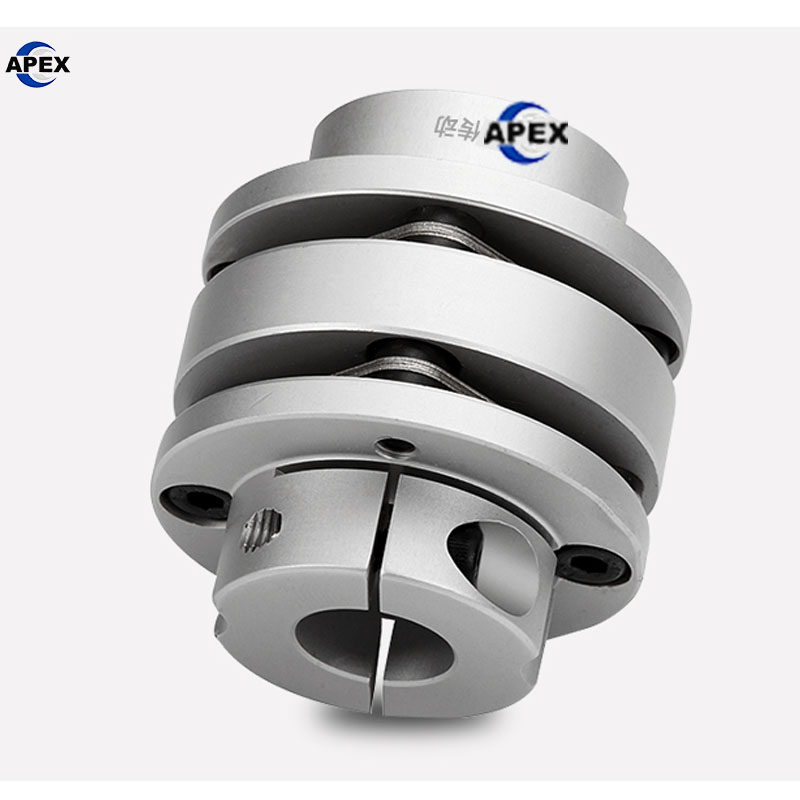couplings OEM ODM Customize industrial coupler tool
Common Causes of Abnormal Noise in Disc Couplings and How to Fix Them
Introduction:
Disc couplings are widely used in various industrial applications for their ability to transmit torque while compensating for misalignment through the flexible deformation of their membranes. However, one common issue users face with disc couplings is the generation of abnormal noise during operation. This article explores the primary causes of such noise and provides practical solutions.
1. Excessive Axial Spacing Between Couplings
When the gap between two connected couplings is too large, the membranes of the disc coupling experience significant axial force. This results in wear on the bolt holes and screws, creating unusual noise. Over time, the parts may become misaligned, exacerbating the issue.
Solution: Regularly check and adjust the coupling spacing to ensure proper alignment and minimize axial forces.
2. Excessive Axial or Angular Misalignment
If the disc coupling is subject to high axial or angular misalignment, it can lead to vibration and noise during operation. This misalignment often occurs when the equipment is not properly aligned during installation or maintenance.
Solution: Ensure that the coupling is aligned correctly, using precision tools and alignment techniques to minimize misalignment.
3. Discrepant Speeds Between Active and Passive Ends
A difference in rotational speed between the driving (active) and driven (passive) ends of the coupling can result in uneven torque transmission, causing vibrations and abnormal noise.
Solution: Verify that the motor and driven equipment are running at compatible speeds, and adjust if necessary to maintain uniform operation.
4. Motor Speed Fluctuations
If the motor speed fluctuates (either too fast or too slow), it can cause the disc coupling to emit unusual sounds. This could be due to motor faults, such as malfunctioning speed controllers or inconsistent voltage supply.
Solution: Inspect the motor’s speed control system to ensure consistent operation. Address any underlying issues with the motor or power supply.
Conclusion:
Abnormal noise in disc couplings can be caused by a variety of factors, including improper spacing, misalignment, speed discrepancies, and motor malfunctions. By regularly inspecting and maintaining the couplings and associated equipment, you can minimize these issues and extend the lifespan of your machinery. For further assistance or to learn more about membrane couplings, feel free to contact our support team.


